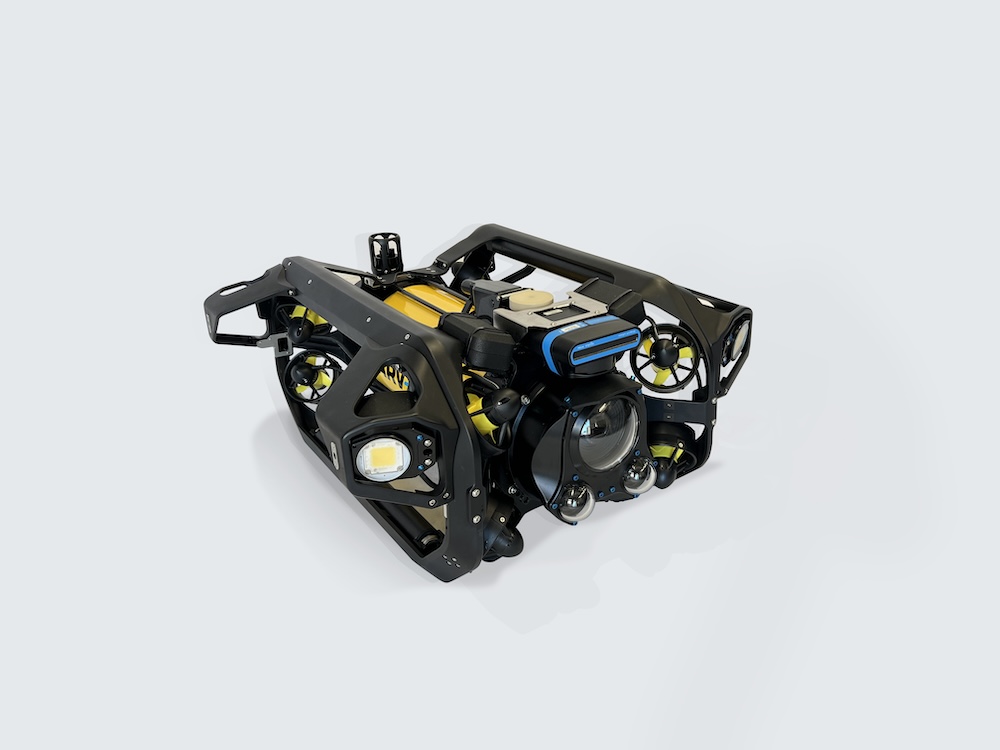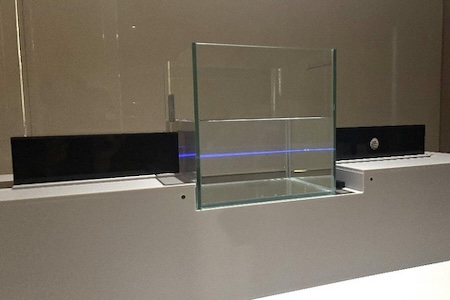
Autonomous Underwater Vehicles (AUV)
Discover cutting-edge solutions from 9 leading global suppliers
HII is celebrating 18 years of operations for its REMUS unmanned underwater vehicle (UUV) in Australia at the Indo Pacific International Maritime Exposition in Sydney.
The Royal Australian Navy first acquired the REMUS 600 model in 2007, marking the platform’s initial entry into the Australian market. This milestone underscores REMUS’ global leadership in autonomous undersea systems and its critical role in advancing regional maritime science, security, innovation, and research. Australian military and agencies have relied on REMUS technology for nearly two decades for missions ranging from naval training and mine countermeasures to scientific research and environmental monitoring.
Supporting this regional presence is the BlueZone Group, based in Newcastle, New South Wales, which acts as the official Australian sales partner, logistics integrator, and depot maintenance provider for HII.
“BlueZone Group is proud of our enduring partnership with HII in delivering the REMUS UUV to Australia,” said Neil Hodges, managing director of BlueZone Group. “This proven and advanced platform continues to deliver reliable performance and plays a vital role in strengthening national and regional autonomous underwater capabilities.”
As security challenges in the Indo-Pacific evolve, the REMUS family of UUVs provides a high-impact, low-risk solution for autonomous operations, capable of operating independently or alongside crewed vessels.
“REMUS is a force multiplier beneath the surface – quiet, flexible and reliable,” stated Duane Fotheringham, president of HII’s Unmanned Systems group. “As we mark 18 years of REMUS operations in Australia, we are also building the future by delivering smarter, more integrated unmanned systems that help our partners maintain undersea dominance in a rapidly shifting domain.”
The REMUS family supports modern naval operations with unmatched versatility, built around a modular, open-architecture design that enables rapid integration of new payloads and future upgrades. This allows for mission-specific configurations while helping to control costs. To date, more than 750 REMUS vehicles have been delivered to over 30 nations, including 14 NATO members, with over 90% of all systems deployed in the past 23 years remaining in service.
The platform has demonstrated its adaptability in recent breakthroughs, including successful launch and recovery from the torpedo tubes of Virginia-class submarines. Furthermore, the U.S. Navy’s current Lionfish UUV is based on HII’s REMUS 300 platform, a Small UUV (SUUV) engineered for multi-mission adaptability developed in collaboration with the U.S. Navy and the Defense Innovation Unit (DIU). HII is also investing in next-generation capabilities and partnerships, recently signing a strategic agreement with Babcock to integrate REMUS UUVs with submarine weapon handling and launch systems.
The REMUS line includes multiple variants designed for specific mission profiles and operating depths:
- REMUS 130 – Compact, optimized for shallow-water operations and quick deployment.
- REMUS 300 – Offers greater range and payload capacity; basis of the U.S. Navy’s Lionfish program.
- REMUS 620 – Features modernized electronics and battery life up to 110 hours, recently supporting submarine launch and recovery operations for the U.S. Navy Submarine Force.
- REMUS 6000 – Capable of operating at depths up to 6,000 meters, typically used for deep-sea recovery and complex scientific missions.
All models share a common architecture, allowing operators to scale capabilities while maintaining system familiarity. Beyond defense, the REMUS system has been instrumental in Search & Recovery missions, including the search for Air France Flight 447 and the discovery of the USS Indianapolis (CA 35), and supports Science & Environment missions such as oceanographic research and mapping seafloor habitats impacted by the Deepwater Horizon oil spill, currently being conducted by the National Oceanic and Atmospheric Administration (NOAA) using REMUS 620 systems.

















